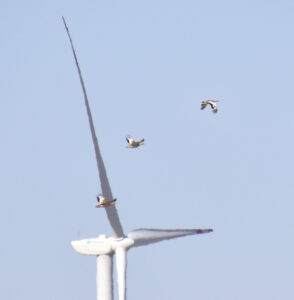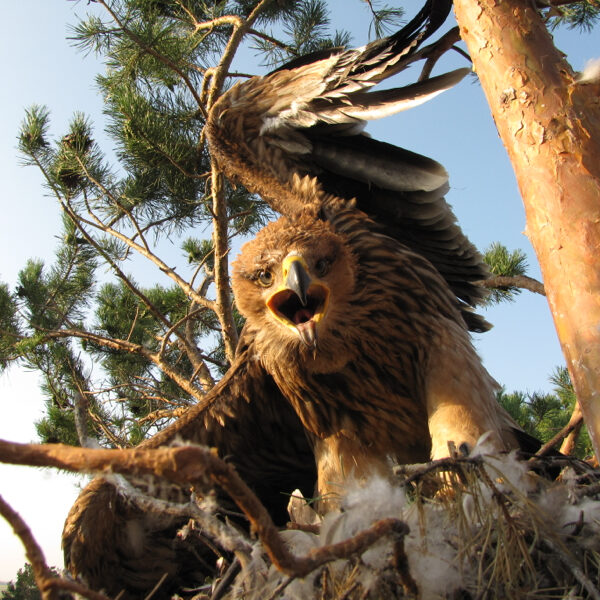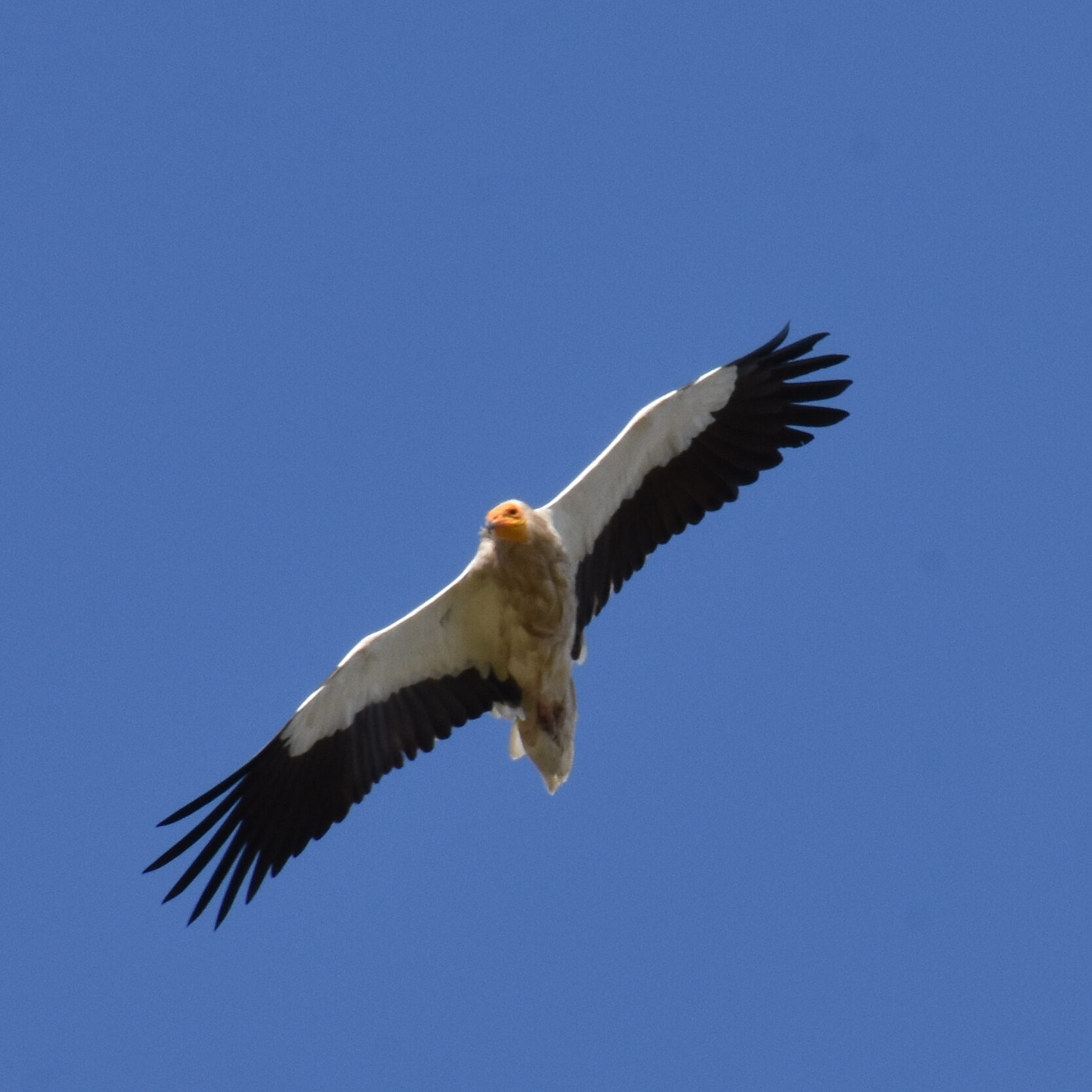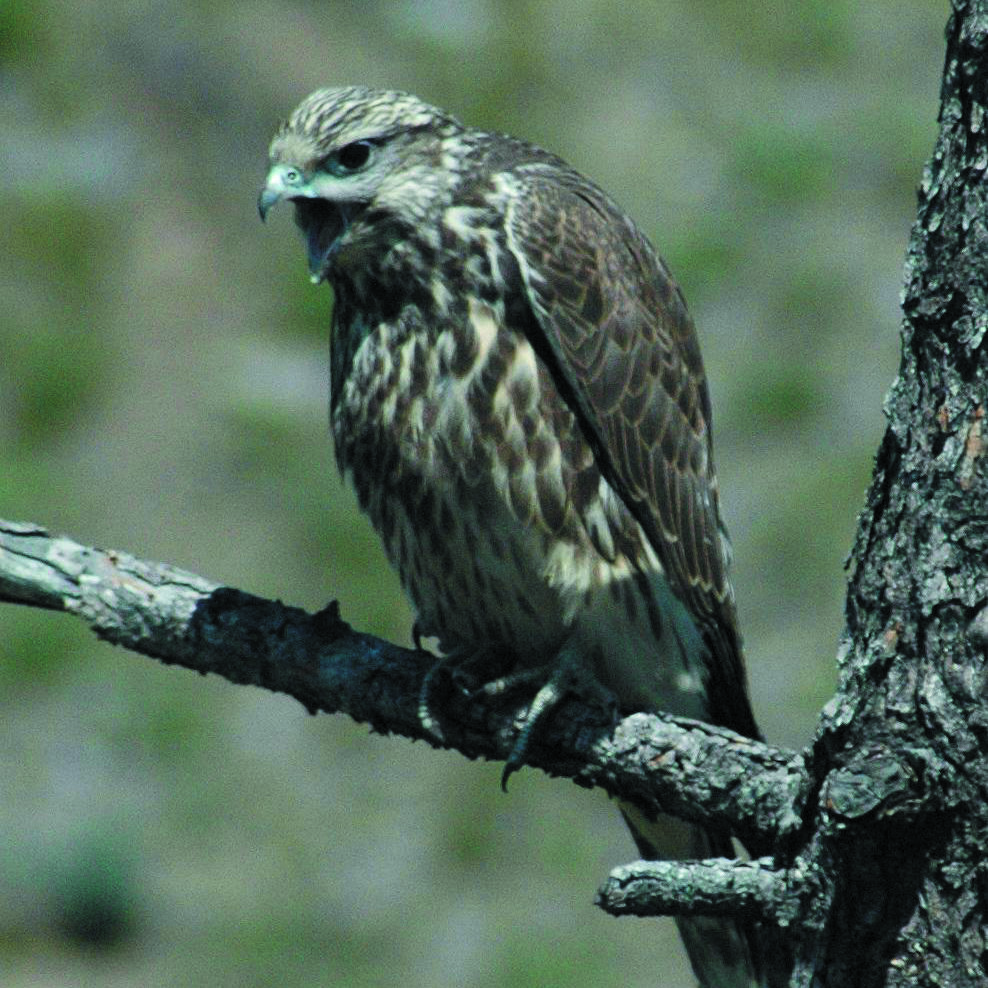 For Eurasian Wildlife and Peoples, our concern centers on insufficiently-regulated siting and development of wind farms in Kazakhstan. Kazakhstan is situated in the Western Circum-Himalayan Migration Corridor (WCHMC), a key migratory route for birds. Birds of prey use this route to migrate from their nesting grounds in Russia and Central Asia, through the Himalayas, into their wintering grounds in the Indian subcontinent. The Steppe Eagle, Greater Spotted Eagle, and Eastern Imperial Eagle are among the birds of prey that migrate south through the WCHMC.
For Eurasian Wildlife and Peoples, our concern centers on insufficiently-regulated siting and development of wind farms in Kazakhstan. Kazakhstan is situated in the Western Circum-Himalayan Migration Corridor (WCHMC), a key migratory route for birds. Birds of prey use this route to migrate from their nesting grounds in Russia and Central Asia, through the Himalayas, into their wintering grounds in the Indian subcontinent. The Steppe Eagle, Greater Spotted Eagle, and Eastern Imperial Eagle are among the birds of prey that migrate south through the WCHMC.
Kazakhstan’s southeastern Karatau Ridge and its narrow valley form a bottleneck along this flyway – our partners’ recent research shows that a significant percentage of these raptors pass this way in spring and fall. A decade of RRRCN research collected by studying eagles wearing small datalogger “backpacks” and painstaking visual observations show that 18% of tagged birds passing through Karatau fly at altitudes that are on a collision course with wind turbines at the Zhanatasskaya windpower farm. This 100-MW wind farm began operations in 2019, unfortunately without a meaningful or useful pre-implementation assessment of its impact on birds of prey and other large birds traveling this busy route.
Compounding the issue is the lack of effective legislation in Kazakhstan to regulate the siting of wind farms to minimize negative biodiversity impacts, especially for raptors. By contrast, the European Union and Canada have legislative guidelines, as does the United States, although in the US, pre-construction survey requirements for wind farms vary greatly from state to state.
Kazakhstan’s 2015 legislation related to planning wind farms does not regulate construction in key biodiversity areas, nor does it lay out requirements to reduce the negative impact of wind farms on birds. Our partners at BRCC are working step-by-step to improve the situation.



 For Eurasian Wildlife and Peoples, our concern centers on insufficiently-regulated siting and development of wind farms in Kazakhstan. Kazakhstan is situated in the Western Circum-Himalayan Migration Corridor (WCHMC), a key migratory
For Eurasian Wildlife and Peoples, our concern centers on insufficiently-regulated siting and development of wind farms in Kazakhstan. Kazakhstan is situated in the Western Circum-Himalayan Migration Corridor (WCHMC), a key migratory 






